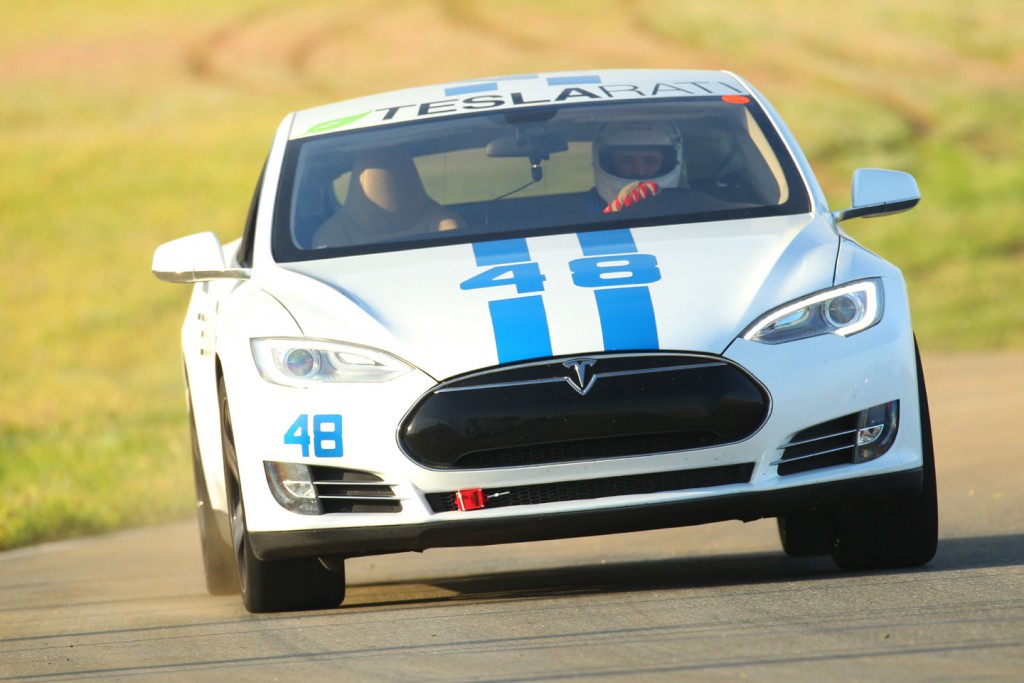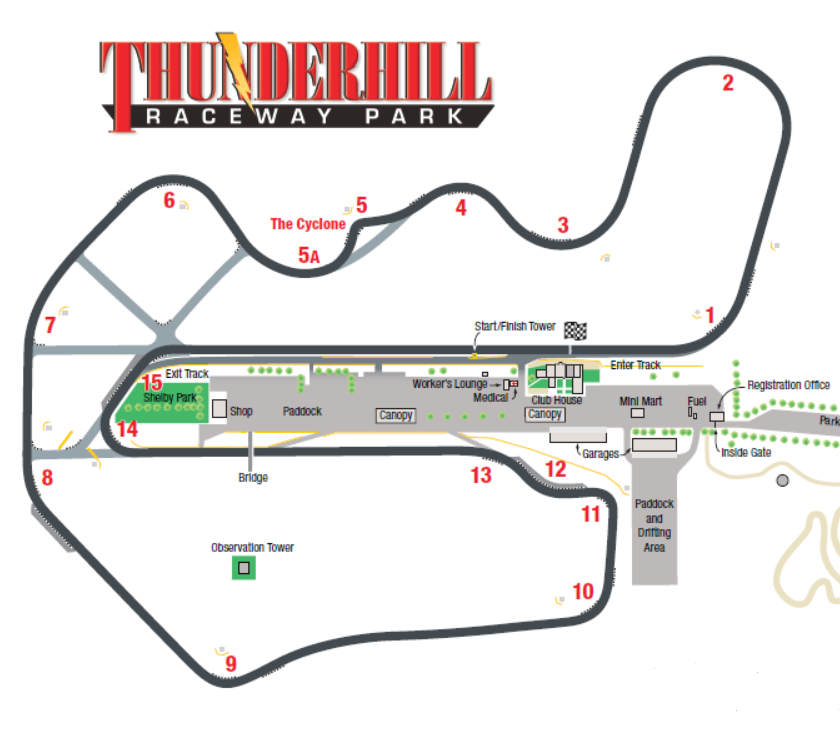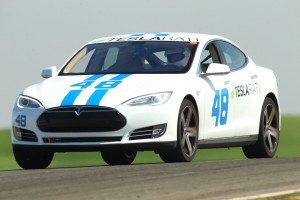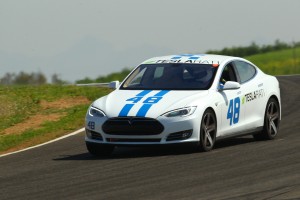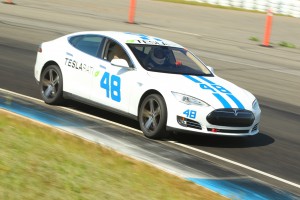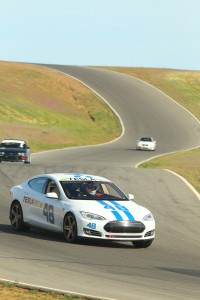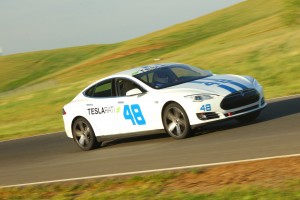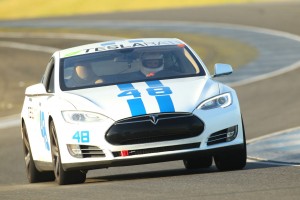Lifestyle
TESLARATI 48 Model S Takes On Thunderhill Raceway
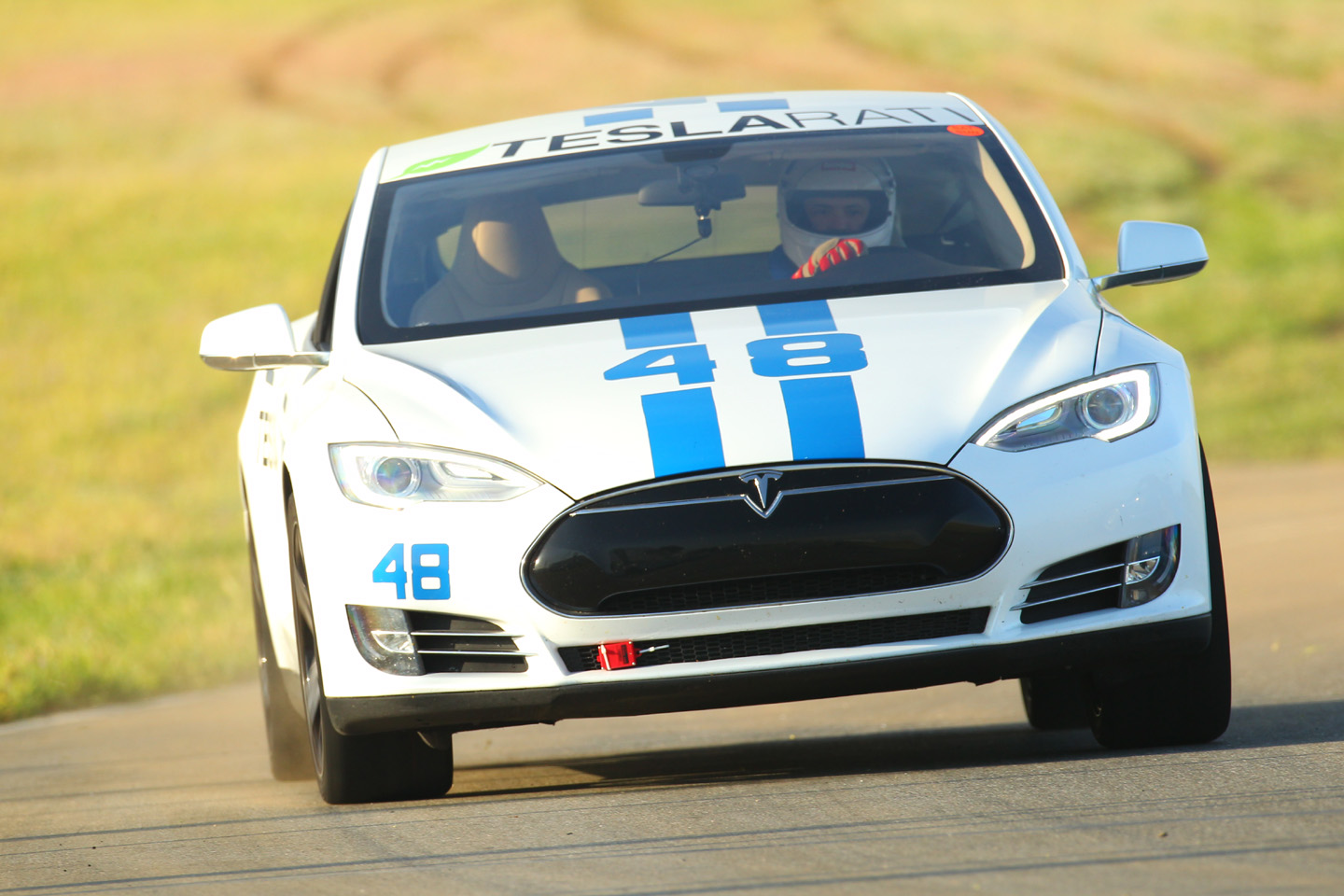
The Track
Thunderhill is one of the most challenging and unique road racing courses we’ve been to. It’s a technical 3-mile road course with 15 turns, located just over an hour north of Sacramento, CA. The course features unique configurations, with sharp elevation changes, blind turns, off-camber turns, and combinations of the above. What we’ve learned is that in some of these unique turns, normal racing lines do not apply, and you have to know specific ways of taking them. Overall it’s a unique and fun track, which takes a lot of courage to drive.
The Tesla Model S
Turn #3, is significantly slanted off-camber, and no turn like this can be found in any other track in California. The Model S has a lot of challenges with off-camber turns in general, and this one in particular, because of the car’s heavy weight.
Turn #5 bypass is sharply downhill and off camber. It’s probably the scariest turn on the whole track. You can’t fully appreciate it from any of the videos or pictures. It’s a blind turn, so you really have to pay attention to flag stations, so you don’t have a collision if there is a car turned around on the other side. Once over the hill, you can’t brake or turn, because the car has very little traction. One or two times we ended up sliding sideways down that hill, while we were learning the track.
Turn #5 section of the track has two configurations, Cyclone or Bypass. Cyclone (in the video below) was really fun, very similar to Laguna Seca’s Corkscrew. The Model S worked the hill really well and felt well under control. Bypass – not so much, because trying to improve here results in the car carrying too much speed for its weight, and you end up sliding downhill off-camber with little control.
Turn #8 is another ‘scary’ turn, but of a different kind since it’s supposed to be taken at full throttle. Easier said than done as you fight your brain’s natural instinct to do the complete opposite. It also leaves zero room for error but can be done with practice.
We completed 10 sessions over 2 days with the Northern California Racing Club (NCRC) in the Open group. Our top speed was 116mph at then end of the front straight-away, and lateral G forces in 1.0-1.2 range. Our new 20″ 285mm Toyo R888 tires are working out quite nicely, but even they could not stop the car from sliding in off-camber turns. Our best lap time was 2:15 bypass and 2:17 cyclone, with the fastest car in this group at 2:00 and the slowest at 2:29. Overheating and resulting power limiting were present on this track but not significantly more or less than other tracks.
Here’s a video of couple of our laps. Negotiating this tracks well requires more than two days of practice, so please don’t judge too harshly, since it was our first time on this track 🙂 We are looking forward to coming back here in the future to continue improving our skills.
Charging and Power Consumption
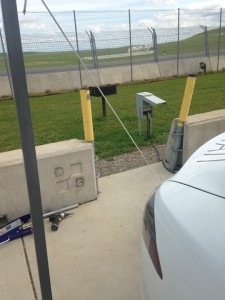 Power consumption was similar to other tracks, at approx 1.2 kW/mile average energy consumption, with approximately 12 rated miles used per lap, and 4 rated miles used per 1 actual mile.
Power consumption was similar to other tracks, at approx 1.2 kW/mile average energy consumption, with approximately 12 rated miles used per lap, and 4 rated miles used per 1 actual mile.
There is a number of 200V 50amp outlets at the track (charging at 24 miles per hour), and the track lets you use them for free. It’s enough to get you through the day, running half of each session.
Corning Supercharger is 35 miles away, so overall, charging situation is covered well at this track.
Travel
It was the furthest we’ve ever driven to a race track. It was a 600-mile 12 hour trip from San Diego. One of our goals has been to prove that, like gasoline cars, not can we only be on the track on equal footing, but also drive to and from the track. It’s not been easy in some cases, but on this trip Superchargers made it easy. 2.5 of the 12 hours were spent on charging at 4 SCs (San Juan Capistrano, Tejon Ranch, Harris Ranch, and Manteca), which is not significantly higher than a gasoline car.

Lifestyle
Tesla owner highlights underrated benefit of FSD Supervised
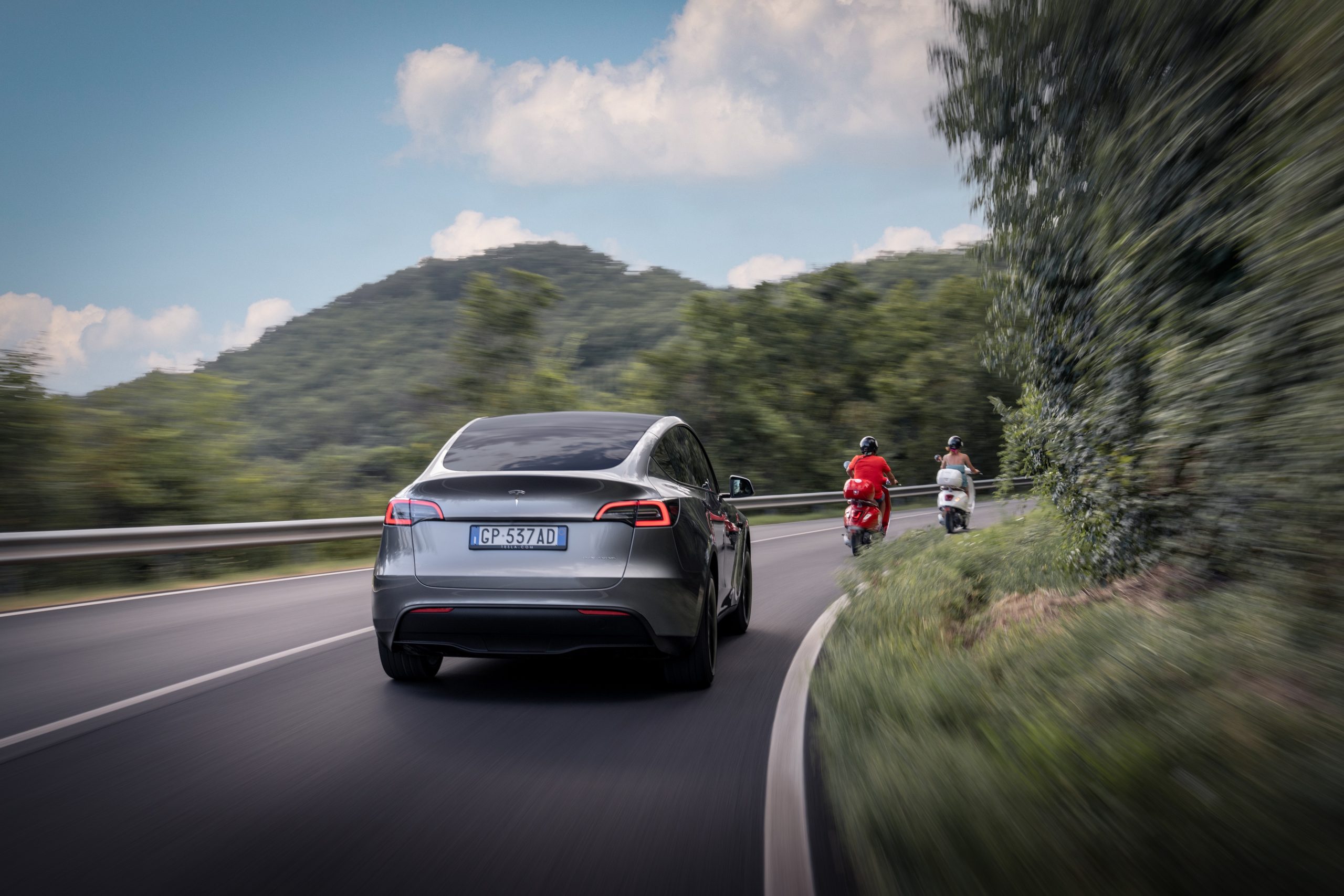
Elon Musk has been pretty open about the idea of FSD being the difference maker for Tesla’s future.
If Tesla succeeds in achieving FSD, it could become the world’s most valuable company. If it doesn’t, then the company would not be able to reach its optimum potential.
FSD Supervised’s safety benefits:
- But even if FSD is still not perfect today, FSD Supervised is already making a difference on the roads today.
- This was highlighted in Tesla’s Q4 2024 Vehicle Safety Report.
- As per Tesla, it recorded one crash for every 5.94 million miles driven in which drivers were using Autopilot technology.
- For comparison, the most recent data available from the NHTSA and FHWA (from 2023) showed that there was one automobile crash every 702,000 miles in the United States.
This morning, Tesla FSD proved to be an absolute godsend. I had to take my brother-in-law to the hospital in Sugar Land, TX, which is 40 miles away, at the ungodly hour of 4 AM. Both of us were exhausted, and he was understandably anxious about the surgery.
— JC Christopher (@JohnChr08117285) January 29, 2025
The convenience of…
FSD user’s tale:
- As per an FSD user’s post on social media platform X, FSD Supervised was able to help him drive a relative to a medical facility safely even if he was exhausted.
- During the trip, the driver only had to monitor FSD Supervised’s performance to make sure the Tesla operated safely.
- In a vehicle without FSD, such a trip with an exhausted driver would have been quite dangerous.
- “This morning, Tesla FSD proved to be an absolute godsend. I had to take my brother-in-law to the hospital in Sugar Land, TX, which is 40 miles away, at the ungodly hour of 4 AM. Both of us were exhausted, and he was understandably anxious about the surgery.
- “The convenience of sending the hospital’s address directly from my iPhone to my Tesla while still inside my house, then just a single button press once inside, and 40 miles later we were precisely in front of the hospital’s admissions area.This experience really underscores just how transformative this technology can be for society,” Tesla owner JC Christopher noted in his post.
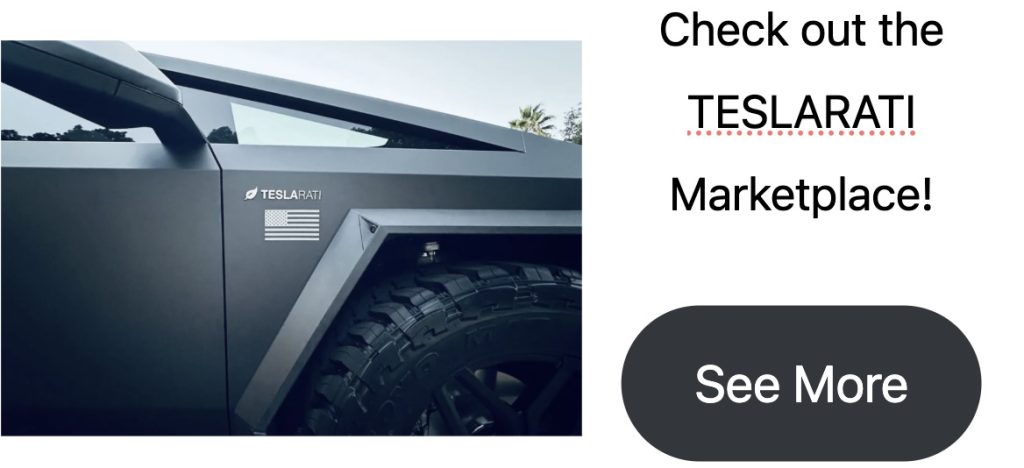

Don’t hesitate to contact us with news tips. Just send a message to simon@teslarati.com to give us a heads up.
Lifestyle
Tesla Optimus “stars” in incredible fanmade action short film
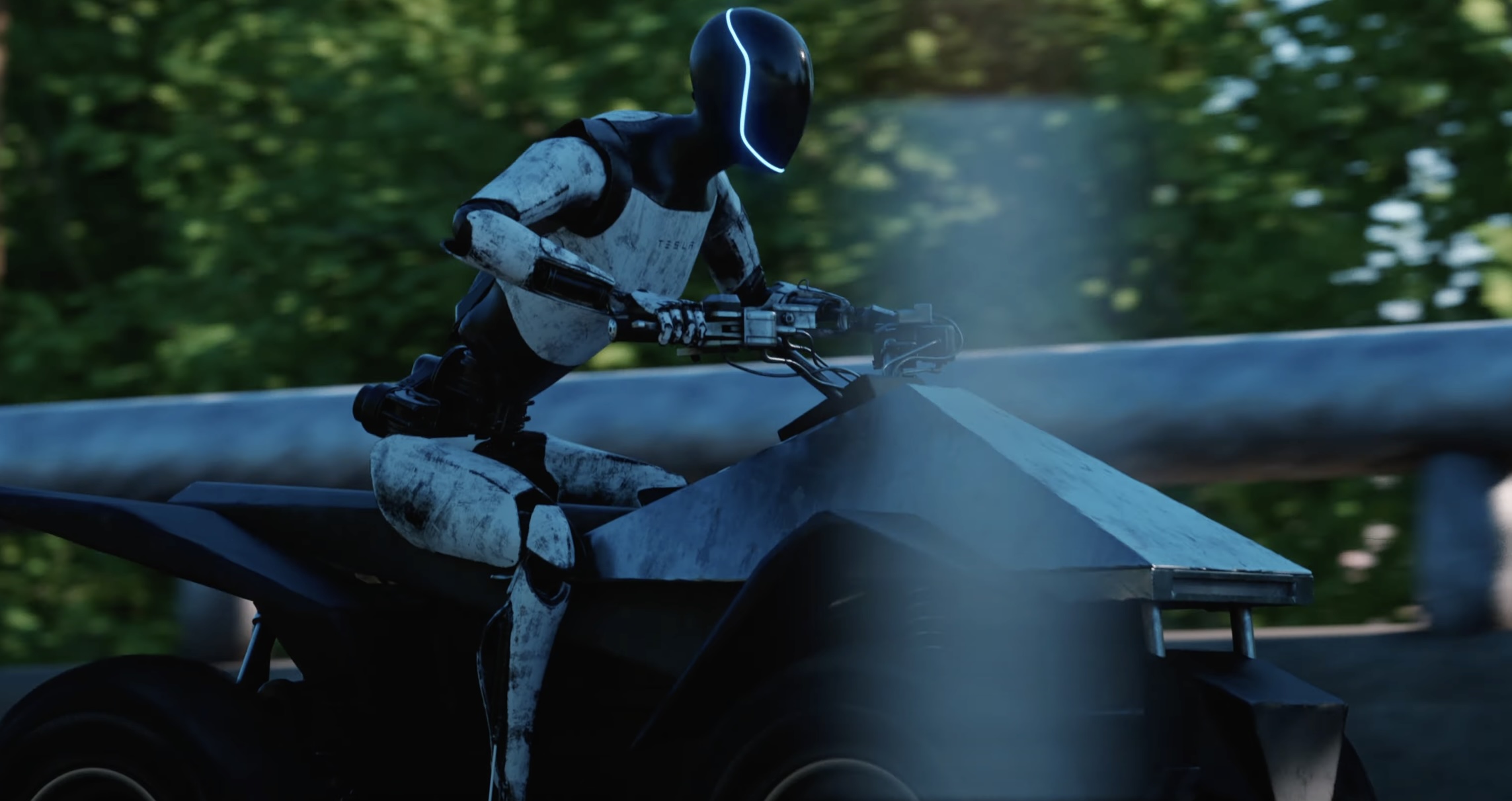
There are few things that prove an enthusiast’s love towards a company more than a dedicated short film. This was highlighted recently when YouTube’s SoKrispyMedia posted a 10-minute action movie starring Optimus, Tesla’s humanoid robot, as well as several of the company’s most iconic products.
The video:
- Shot like a Hollywood action flick, the video featured a rather humorous plot involving a group of thieves that mistakenly targeted a Tesla Model 3 driver.
- The Model 3 driver then ended up speaking to Tesla for assistance, and some high-octane and high-speed hijinks ensued.
- While the short film featured several Tesla products like the Model 3, Superchargers, and the Cybertruck, it is Optimus that truly stole the show.
- Optimus served several roles in the short film, from an assistant in a Tesla office to a “robocop” enforcer that helped out the Model 3 driver.
Future Robo-cop @Tesla_Optimus
— SOKRISPYMEDIA (@sokrispymedia) January 12, 2025
full video: https://t.co/TXpSRhcP5K pic.twitter.com/YFHZ7siAP7
Cool inside jokes:
- The best Tesla videos are those that show an in-depth knowledge of the company, and SoKrispyMedia definitely had it.
- From the opening scenes alone, the video immediately poked fun at TSLA traders, the large number of gray Tesla owners, and the fact that many still do not understand Superchargers.
- The video even poked fun at Tesla’s software updates, as well as how some Tesla drivers use Autopilot or other features without reading the fine print in the company’s release notes.
- The video ended with a tour de force of references to Elon Musk products, from the Tesla Cybertruck to the Boring Company Not-a-Flamethrower, which was released back in 2018.
Check out SoKrispyMedia’s Tesla action short film in the video below.
Don’t hesitate to contact us with news tips. Just send a message to simon@teslarati.com to give us a heads up.
Lifestyle
Tesla releases Cybertruck metal key card—because why not?
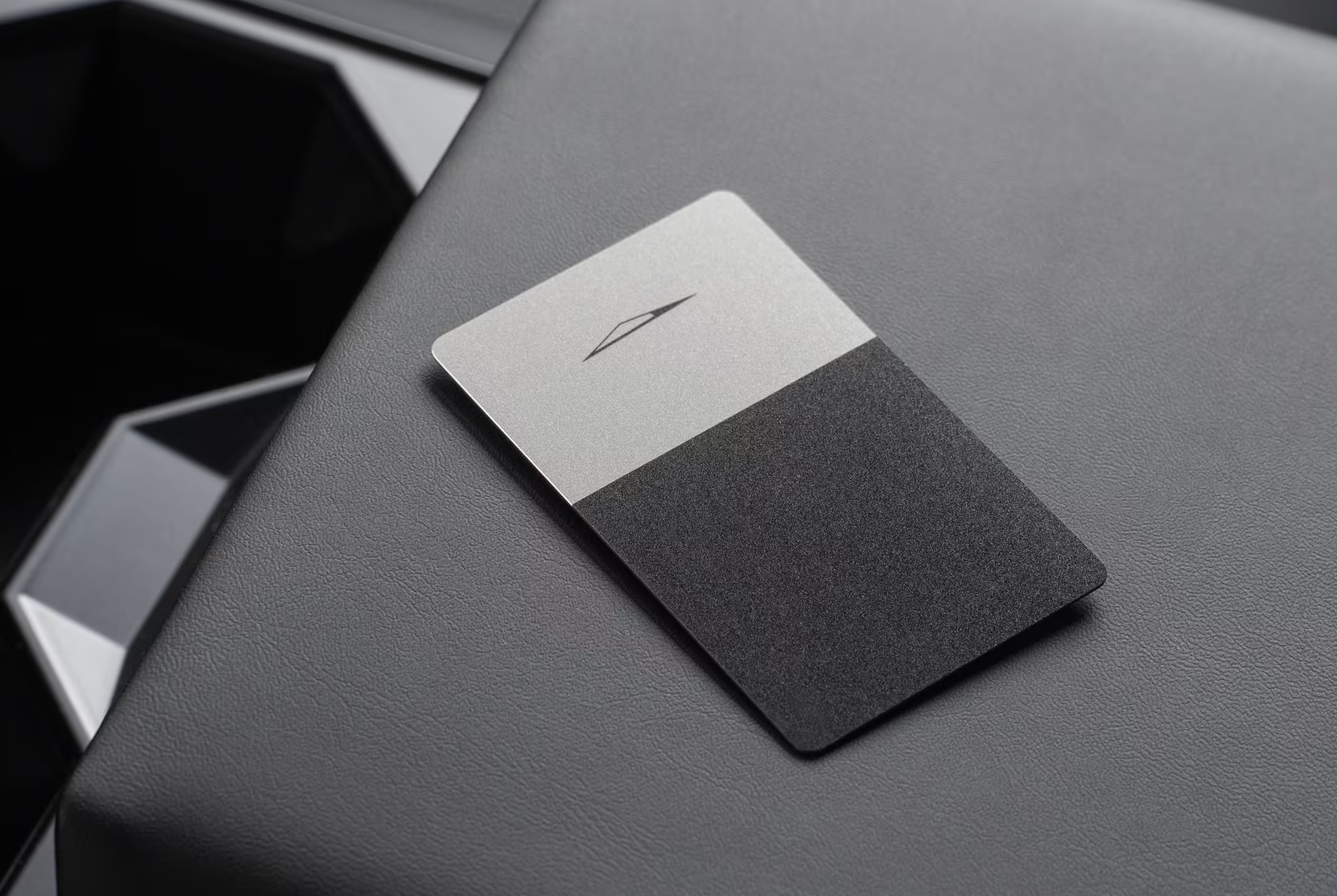
Tesla definitely seems to be determined to release the coolest lineup of accessories for its coolest vehicle. As could be seen in an update to the Tesla Shop, the electric vehicle maker has now launched a metal key card for the Cybertruck—because why not?
Cybertruck keys:
- The Cybertruck, similar to Tesla’s other vehicles, is shipped with a regular key card.
- The vehicle could also be accessed and locked through a phone key.
- As per the Cybertruck’s Owner’s Manual, the all-electric pickup truck is capable of supporting a total of 19 keys.
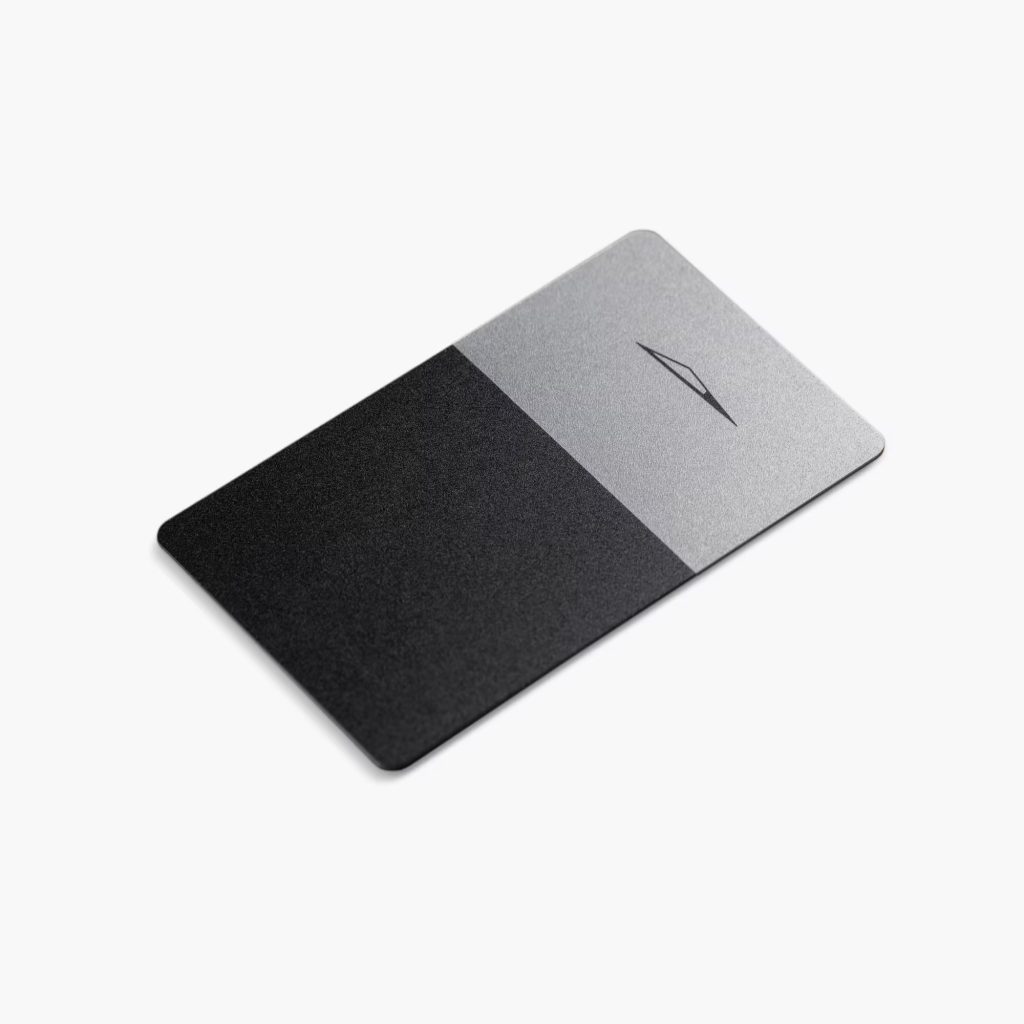
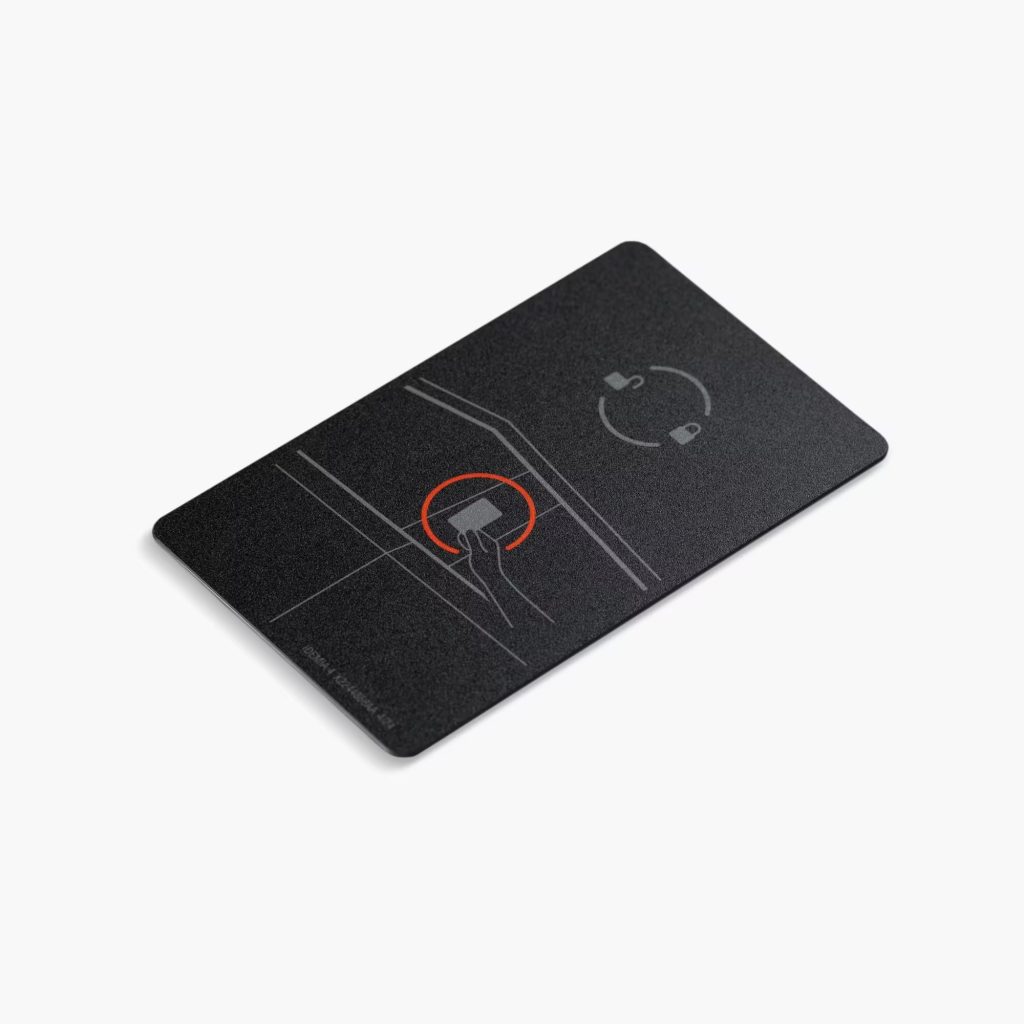
The Cybertruck’s Metal Key Card:
- Tesla’s Cybertruck Metal Key Card functions much like the vehicle’s regular key card, but it is finished using premium stainless steel
- As per Tesla’s description of the item:
- “Convenient, durable, versatile. The Cybertruck Metal Key Card is a premium stainless-steel alternative to our traditional plastic key cards, making it easy to access your Cybertruck without your Phone Key. Ideal for when your phone is unavailable or when sharing your vehicle with a friend or valet.”
- The Cybertruck Metal Key Card costs $60.
- In comparison, the Cybertruck’s regular key card is sold for $40.
- The Cybertruck Metal Key Card comes with the metal key card itself, as well as a bifold key card wallet.
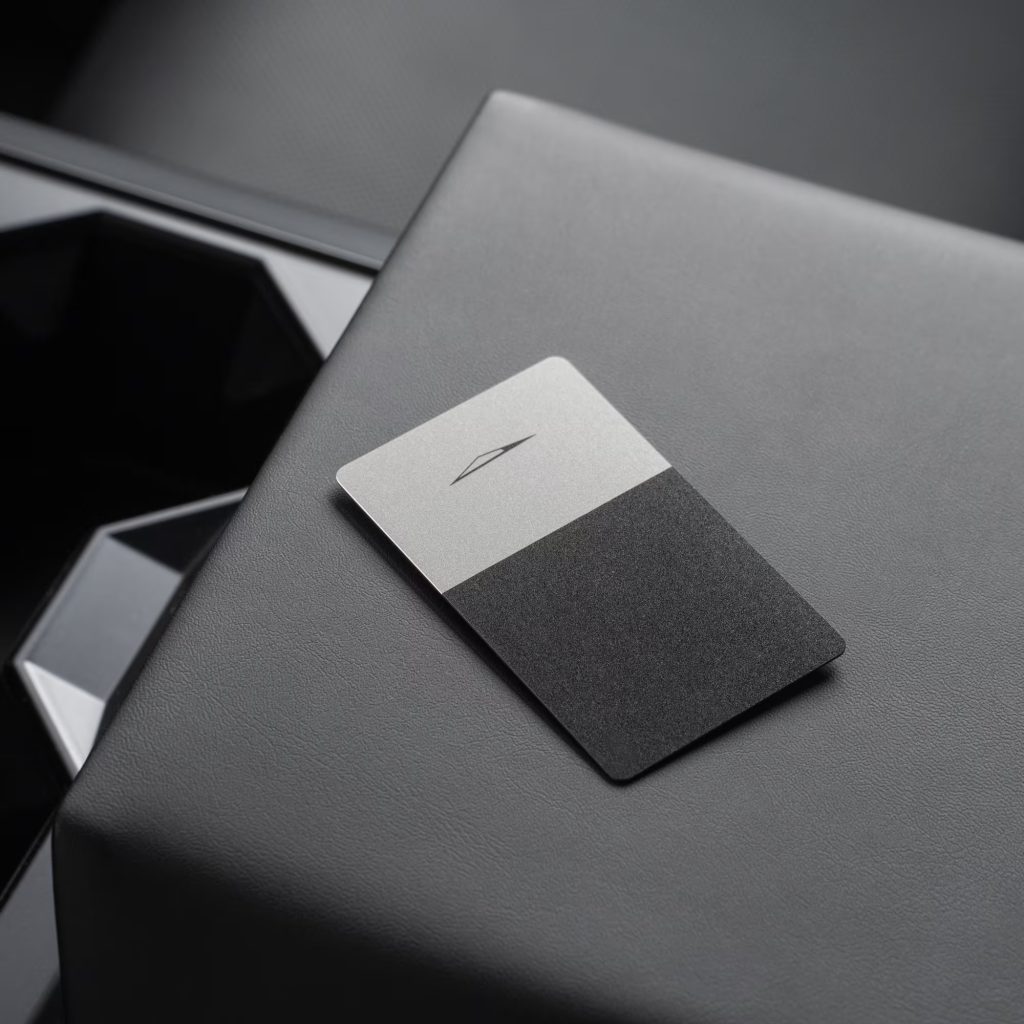
Tesla Cybertruck merch push:
- Being the company’s most eye-catching vehicle, it is no surprise that that Tesla has been releasing quite a lot of merchandise inspired by the all-electric pickup truck.
- These include a $250 levitating Cybertruck model, as well as a $35 Cybertruck wind-up racer, both of which are out of stock.
- Tesla also sells the $35 “CyberMug,” a $40 “CyberStein,” and a $50 “CyberVessel.”
- Other Cybertruck-inspired merchandise are the $60 Cyberwhistle Stealth, and the $50 CyberOpener.


Don’t hesitate to contact us with news tips. Just send a message to simon@teslarati.com to give us a heads up.
-
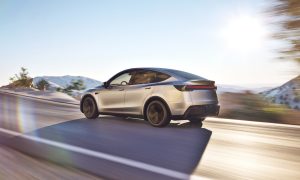
 Elon Musk18 hours ago
Elon Musk18 hours agoTesla mulls adding a new feature to fight off vandals as anti-Musk protests increase
-
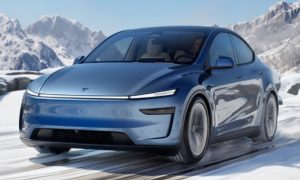
 News2 days ago
News2 days agoTesla’s lead designer weighs in on plans for these two Model Y colors
-
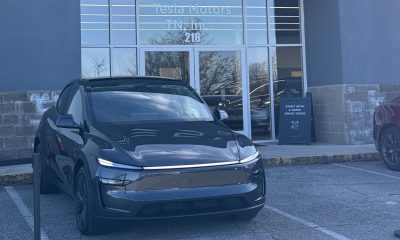
 News20 hours ago
News20 hours agoTesla starts Model Y ‘Launch Edition’ deliveries in the U.S.
-
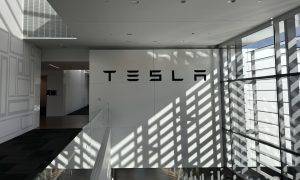
 News2 days ago
News2 days agoTesla design head reflects on over 16 years with the company
-
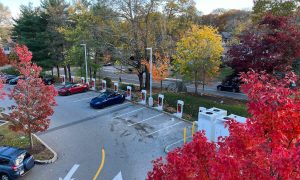
 News3 days ago
News3 days agoTesla launches 100+ Supercharger partnership with this fast food chain
-
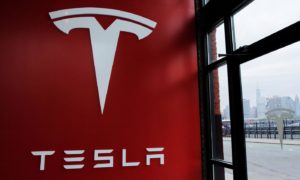
 Elon Musk2 days ago
Elon Musk2 days agoAnti-Musk protests at Tesla store in New York lead to arrests
-
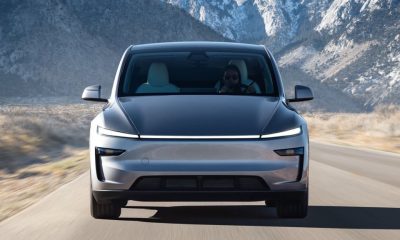
 Elon Musk18 hours ago
Elon Musk18 hours agoTesla gaining with Republicans as it loses traction with Democrats: Stifel
-
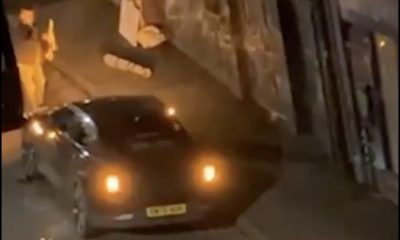
 News18 hours ago
News18 hours agoAnti Elon Musk protester attacks Polestar after mistaking it for a Tesla
